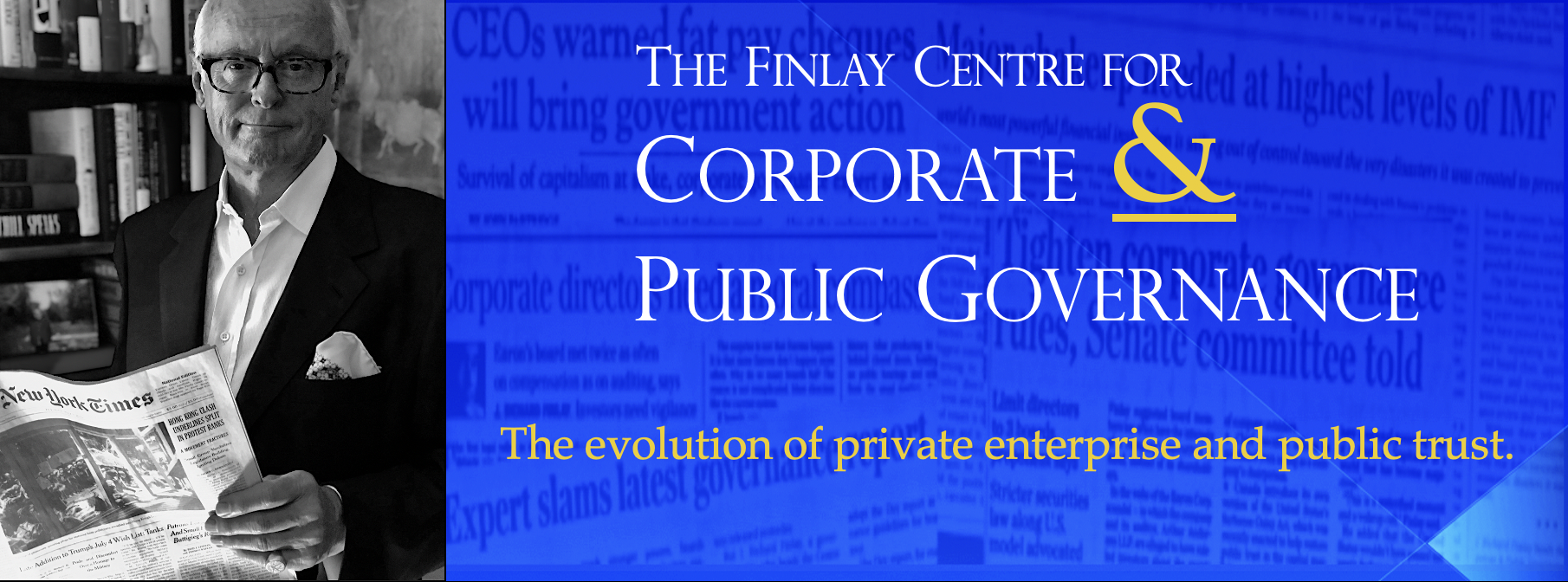 Once again, a whirlwind is about to separate American homeowners from their homes. While the devastation of Hurricane Katrina was an act of nature, the disaster involving subprime lending was entirely man-made. Mortgage foreclosures are proceeding at record levels, especially in states like Florida, Ohio and Pennsylvania. It is feared that millions of families will lose their homes. The companies involved in the lending, after making huge profits, are themselves teetering on failure.
Once again, a whirlwind is about to separate American homeowners from their homes. While the devastation of Hurricane Katrina was an act of nature, the disaster involving subprime lending was entirely man-made. Mortgage foreclosures are proceeding at record levels, especially in states like Florida, Ohio and Pennsylvania. It is feared that millions of families will lose their homes. The companies involved in the lending, after making huge profits, are themselves teetering on failure.
How did this happen? Congress bears some responsibility for the mess. Lawmakers’ occasional and rather half-hearted efforts to tighten lending practices to people who could have no hope of dealing with higher interest rates or financial setback were rebuffed by aggressive lobbying on the part of companies like New Century, a big subprime lender. Over the past few years, it has been a heavy contributor to House and Senate members on both sides of the aisle. Then there are the profits made by giant brokerage houses and investment banking institutions, which found a way to repackage these loans and spin off huge fees. They, too, are major campaign contributors. And the hefty profits to be made from higher interest rates and big fees in this market was as much of a temptation to the financial sector as the availability of mortgages that would otherwise not be available to credit challenged individuals was to that market. It was a ticking time bomb just waiting to explode. It might have been good if the Bush administration had had something to say about this before recent days –like maybe they tried to avert the meltdown. Sorry, no one home there, either.
There is much blame to go around when financial epidemics like this occur. But prime among the culprits in this instance is the Federal Reserve Board. Once again, it is a case where regulators failed to act. They left it to the market. Sometimes that is a good idea. Sometimes it is a catastrophe. People are paid to know the difference and to understand when to move. But the Fed,which is supposed to be alert to signs of impending financial instability, dropped the ball. At Senate hearings on the subject yesterday, a Fed official admitted it “could have done more sooner.” Sorry, not really good enough.
Perhaps the wooly-headed and obtuse writing it regularly produces in connection with its monetary policies, designed, it would seem, for no one to really understand so that no blame can actually be attributed to these policy makers if they get it wrong, is actually symptomatic of a broader kind of muddled and imperceptive thinking that goes on there. We don’t expect the Fed to be omniscient. But we can expect it to see and act on the obvious. It failed to react to the looming subprime disaster. Which begs the question: What else is the Fed missing? Is it really on top of the derivatives market? Does it know the risks being incurred by hedge funds and their potential consequences? What about private equity funds, whose reach and influence extend into the trillions of dollars. Neither world capital markets nor ordinary Americans can afford a Fed like this. Which is why, in its failure to anticipate and manage this unfolding disaster that will claim so much in human suffering and economic losses, the inaction of the Fed is the Outrage of the Week.
